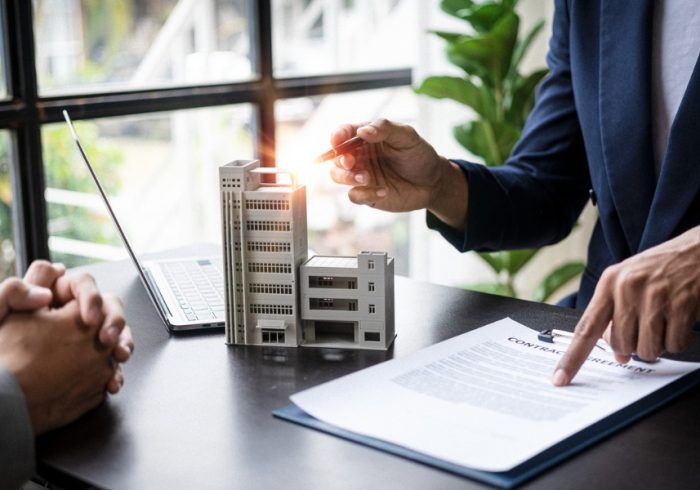In the modern era, energy efficiency is a vital concern for both homeowners and business owners alike. Inefficient energy usage is not only harmful to the environment, but it can also have a significant impact on the pocketbooks of those who consume it. One of the most effective ways to improve energy efficiency is through the installation of internal wall insulation.
This technique is a tried and tested method that has been used for many years to help reduce energy usage and costs. While external wall insulation is often considered the more popular choice, internal wall insulation can provide a more cost-effective and less invasive solution.
In this blog post, we will explore the benefits of internal wall insulation and how it can help improve energy efficiency. Furthermore, we will look at the installation process and what to expect when choosing to insulate your internal walls.
Advantages Of Insulating Internal Walls
- Enhanced Energy Conservation: By serving as a barrier, internal wall insulation curtails the quantity of heat that escapes through the walls, thereby keeping the indoor temperature comfortable and ultimately resulting in lower energy usage and heating expenses.
- Improved Heat Comfort: Internal wall insulation ensures a comfortable and uniform indoor environment by reducing heat loss, preventing drafts, and eliminating cold spots near external walls. This results in a pleasant living or working environment.
- Managing moisture buildup: By increasing the temperature of the wall surface, insulating internal walls can effectively manage condensation problems. This prevents the accumulation of moisture and its related issues, including dampness and mold growth.
- Reducing noise: In addition to its primary purpose, internal wall insulation can also offer acoustic advantages as it minimizes the transfer of sound between rooms and from outside sources. This is especially advantageous for homes situated in bustling urban locations or close to transportation centers.
- A solution that saves space: Internal wall insulation is a feasible alternative for structures that have architectural or heritage limitations since it can be installed without affecting the building’s external appearance, unlike external wall insulation that necessitates significant modifications to the exterior.
What Is The Importance Of Internal Wall Insulation?
One of the most effective methods to avoid loss of circulated cool air, minimize fire hazards, and enhance acoustic abilities is by implementing superior interior wall insulation.
It enhances energy efficiency and produces a pleasant living or working space that is appropriate for all varieties of indoor walls.
- Dividing walls.
- Installing plasterboard on walls.
- Partition walls.
Savings And calculator
The size of your property, the thickness of its walls, and the number of walls to be insulated will determine both the necessary quantity and the exact installation expenses.
Dry lining is frequently carried out to enhance living comfort, and the insulation thickness is usually restricted to 50-100mm. If you wish to improve the wall’s thermal performance even more, you may always utilize a local U-value calculator.
Popular Internal Wall Insulation Methods
- The process of dry lining entails the direct attachment of insulation boards to the interior walls, which is then succeeded by the installation of plasterboard.
- The process of stud wall insulation involves building a new wall with a gap between it and the original wall.
- The process of spray foam insulation entails the direct application of liquid foam insulation onto the interior walls. As the foam expands and solidifies, it forms an unbroken insulation layer.
In closing, internal wall insulation is a valuable solution for homeowners and property developers looking to increase energy efficiency and reduce energy bills. With a variety of materials and installation methods available, it is important to consult with a professional to ensure the best approach for your specific needs. While there may be initial costs associated with this type of insulation, the long-term savings and benefits to the environment make it a worthwhile investment. Ultimately, internal wall insulation can not only improve the comfort and livability of a space but also contribute to a more sustainable future.




